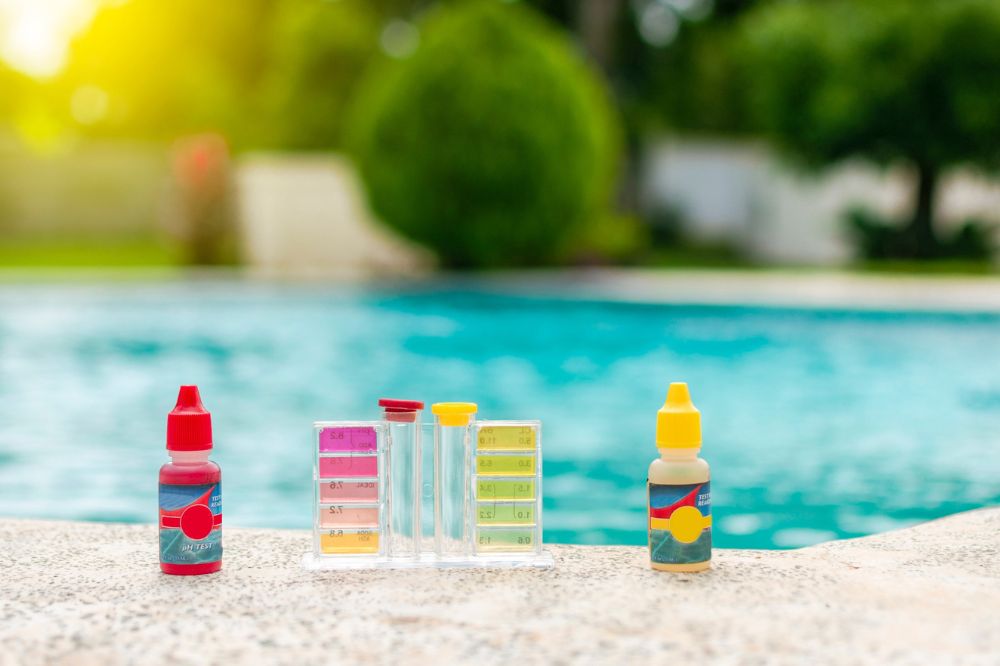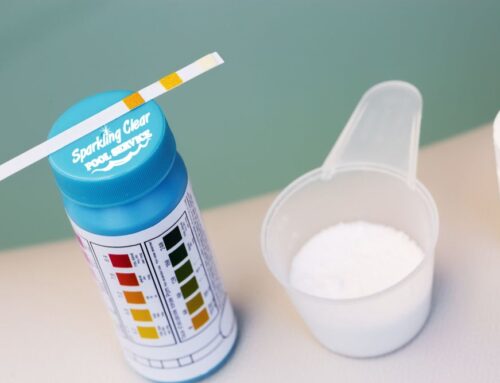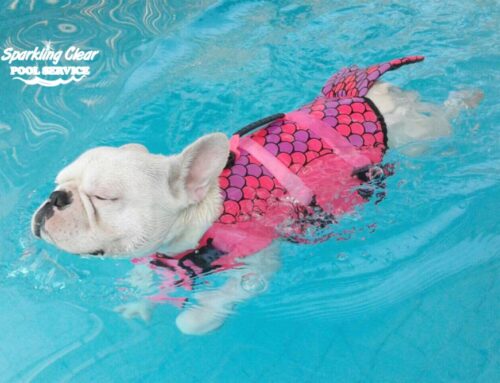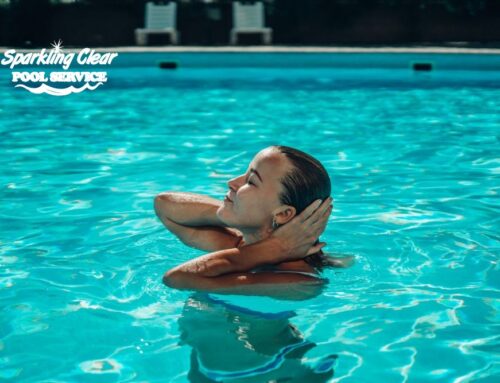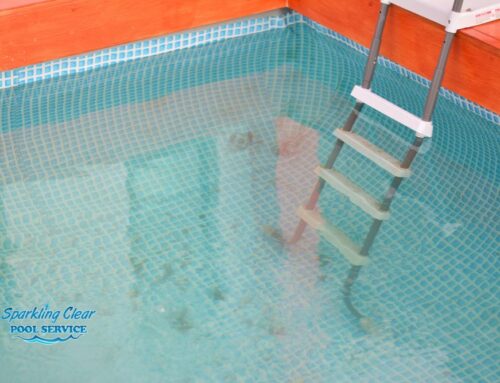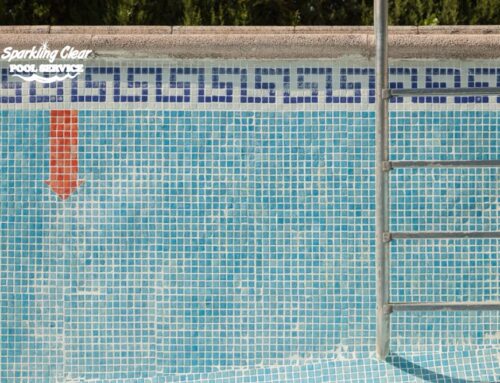You always want the water in your pool to be safe for swimming so that you and your family can enjoy spending time in it without fearing falling ill due to a lack of hygiene. However, while checking the water quality, you may make a few mistakes that pool owners often make which subsequently affect the test results.
This blog discusses the twelve common pool testing mistakes that you may make and must know about. It will help you to avoid mistakes and, as a result, ensure that your pool water always remains clean.
12 Mistakes That You May Make While Testing the Pool Water Quality
The following 12 mistakes are for you to know and avoid for more accurate pool testing results.
- Water Sample Collected from the Wrong Area
To get the best results, avoid the steps and the corners. Also, don’t collect water from the pool surface. Instead, the water at an elbow’s depth, between the shallow and deep ends, is the best place to take the water sample.
- Delay in Testing Water Sample
While you may get busy and cannot test the sample right away, the water may react with the atmospherical elements and change its chemical composition. So later, on testing the sample, you may get an incorrect result.
- Not Keeping the Reagent Dropper Straight
Due to the tilt in the bottle, the quantity of the reagent that comes out of the dropper may need to be increased to provide a correct result.
- Wrong Quantity of Water Sample
Precision matters in these tests. You must fill the water to the “FILL” level, neither less nor more.
- Inadequate Mixing of Water Sample with Reagent
After each drop of reagent is added to the sample, swirl the comparator to ensure proper mixing of the two liquids for best results.
- Test Reagent Expiry Date Lapse
Always check the expiry date of the reagent before use to avoid using expired chemicals.
- Improper Storage of Reagents
Reagents must be stored in cool and dark places with temperatures between 5-22 degrees Celsius to be effective for longer.
- Damaged or Old Comparator Vials
Discard the old and damaged vials. Damaged vials may lead to sample pollution from external sources, and the readings on an old vial may need to be clearer for you to read accurately.
- Using Reagent for Other Kits
Each kit comes with its reagent. Using a reagent from another manufacturer in your testing kit will surely give you the wrong results.
- Mix-Up in Reagent Bottle Caps
Shut the bottle right after use to avoid mixing up with other similar-looking bottles.
- Dirty Test Kit
Clean the comparator after every use to prevent contamination from the remnants of a previous test.
- Wrong Interpretation of the Color Chart
Reading the test result correctly helps you to take appropriate corrective measures, if essential.
Maintain Pool Hygiene with Sparkling Clear Pool Service!
For more information on the things that you must do to keep your pool clean and things to avoid, contact us today. Our team at Sparkling Clear Pool Service offers optimum solutions for total pool management.
Contact Us

